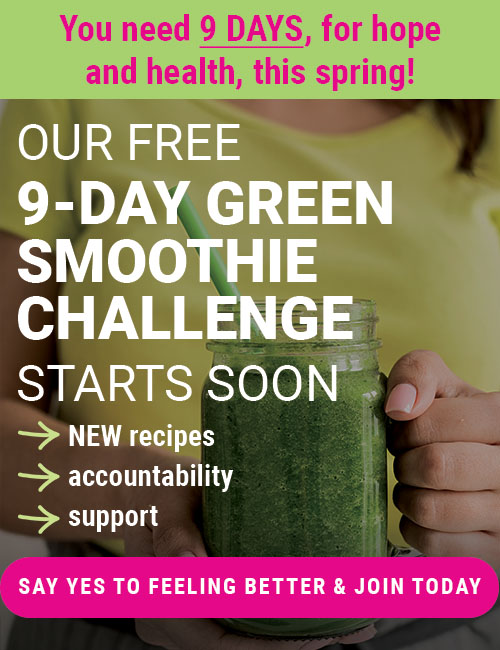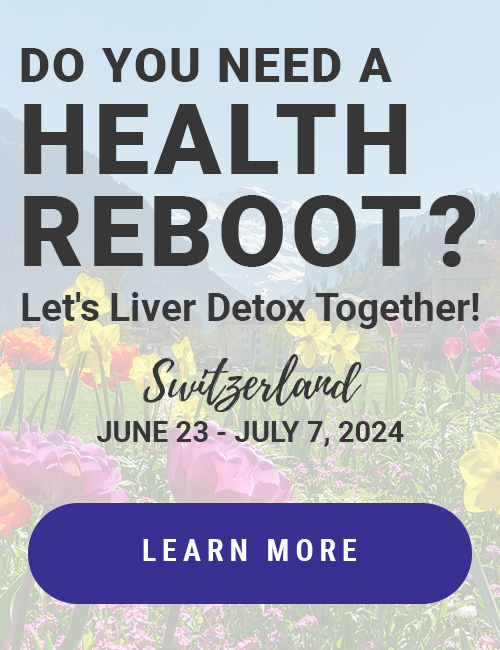My European Cancer Journey: Part 1
I have been across the world and seen some humbling, terrifying, and awe-inspiring sights. On a personal level, my trip to Europe was hard. Our luggage lost, getting lost in a city on foot, the strike in Spain, and several other major issues I’ve not written about, were very trying.
I’ve come away feeling, more than ever, a pull to turn some of my energies from my nutrition mission to a cancer mission.
I have met people devastated by their ignorance of the options until it is “too late.” I’ve met people so conflicted over the “standard of care” mandates that they’ve done nothing at all about their breast cancer for 5 years. At which time they show up in a clinic carrying their breast cancer in their arms like a toddler. Heavy, oozing pus and fluids, reeking a sour, rotten odor (that requires twice-daily changing of and avoiding social situations). I didn’t meet ONE woman like this—I met quite a few.
I met two women and introduced them to each other, who had been to the same doctor for IPT (low dose, slightly more targeted chemo) for their breast cancer. Both paid over $2,500 for a blood test to tell them which chemo was more likely to be effective for them. Both abandoned the protocol after 15-20 treatments when tumor markers trended up, and fast. (Incidentally, their doctor is now not practicing because he is fighting his own cancer.)
I’m not sure I believe in low-dose poison just like I don’t believe the evidence points to the efficacy of high-dose poison. It’s a tempting idea, but I’ve not seen any statistical evidence of its effectiveness, nor have I met anyone who thinks it saved them. Write me if you disagree.
Dr. Alexander Herzog in Germany told me that oncologists in the U.S. get commissions from the drug companies for every dose of chemotherapy they administer. I knew that. Bill Henderson reports that the average U.S. oncologist made $251,000 ten years ago, and 75 percent of that was what they earn from the chemotherapy. Their continuing education consists of primarily the journals funded by the drug companies, and conferences and exotic trips where drug companies “educate” them about uses for their products. (Small price to pay, the pricey trips docs take on the drug companies’ dime. AstraZeneca made $630 million selling the breast cancer trug tamoxifen, and $728 million on Zoladex for breast and prostate cancer. In one year. 2001.)
What I didn’t know is that a German doctor would lose his license for accepting kickbacks.
Surgeon Axel Weber, M.D., who runs the lovely Klinik Marinus in the Bavarian Alps, told me, “In Germany, we administer 19 times more chemotherapy now than we did in 1990. And we have increased the survival rate 0 percent!”
It is more clear to me than ever that the emperor of cancer treatment has no clothes. I have been pointing out for a long time that we have essentially the same death rate in 2012, from cancer, that we did in 1974 when Richard Nixon declared war on the disease. That’s when we began throwing money at it. Billions of American dollars have gone to R&D, which primarily were consumed by drug companies.
And now?
We detect cancer earlier and have vastly more patients. With no progress towards a cure.
Doctors don’t even talk about a “cure” any more. They are even backpedaling, fast, from the idea of “remission” or even the ever-lower bar, most recently the much-ballyhooed “five-year survival” statistic.
Now cancer docs speak of “managing your cancer.”
As cancer continues to frustrate, thwart, and stymie practitioners who take it on, the entire culture seems to meekly adapt to the new realities. Rather than challenging them.
Multiple readers emailed me, having learned about my most recent trip, saying, “What would you do?”
I will post a letter, soon, answering that question. A letter I wrote, from the bottom of my heart, to a real friend barely diagnosed, heading into radiation.
I’m not trying to be unhelpful, when I get squishy about that. In each case, the cancer patient writing me has very limited income. So they can go to ONE place—at great personal sacrifice.
I met two women in Europe at one dinner table, who were diagnosed with cancer right after they retired. Now their nest egg is disappearing rapidly, to pay for cancer treatment, instead of long-awaited R&R.
Very few of the docs, if any, have any statistics to share at all. I personally think it’s awkward to call up your former patients year after year and say, “Is Mrs. Wilson still alive?”
If you’re not on Big Pharma’s dole, you don’t likely have enough spare cash lying around to hire a research assistant to track 600 patients annually. (That seems to be an average for these small clinics.) Francisco Contreras is the notable exception. He compiled stats for five years on specific Stage IV cancer patients, and they are very impressive relative to comparable stats from U.S. oncology treatment.
I don’t love to be asked the “what would you do” question. Not only because it depends on the specifics, which I don’t always know in detail. But also because there are strengths and weaknesses of every place I’ve been. I am collecting criteria and data. Criteria of WHAT I WANT TO SEE in holistic cancer treatment, and data on what each clinic has. Eventually I will rate each clinic, according to weighted criteria.
Tomorrow, what the clear winner is, in my worldwide travels thus far.
Posted in: Detox, Health Concerns













